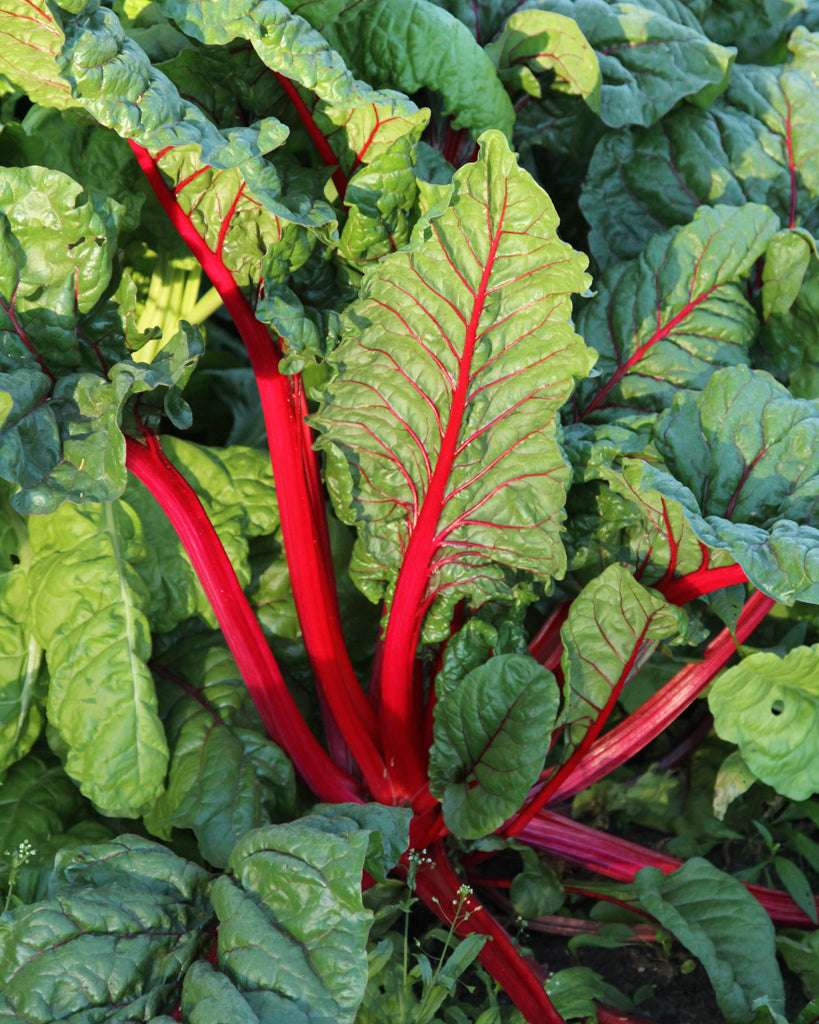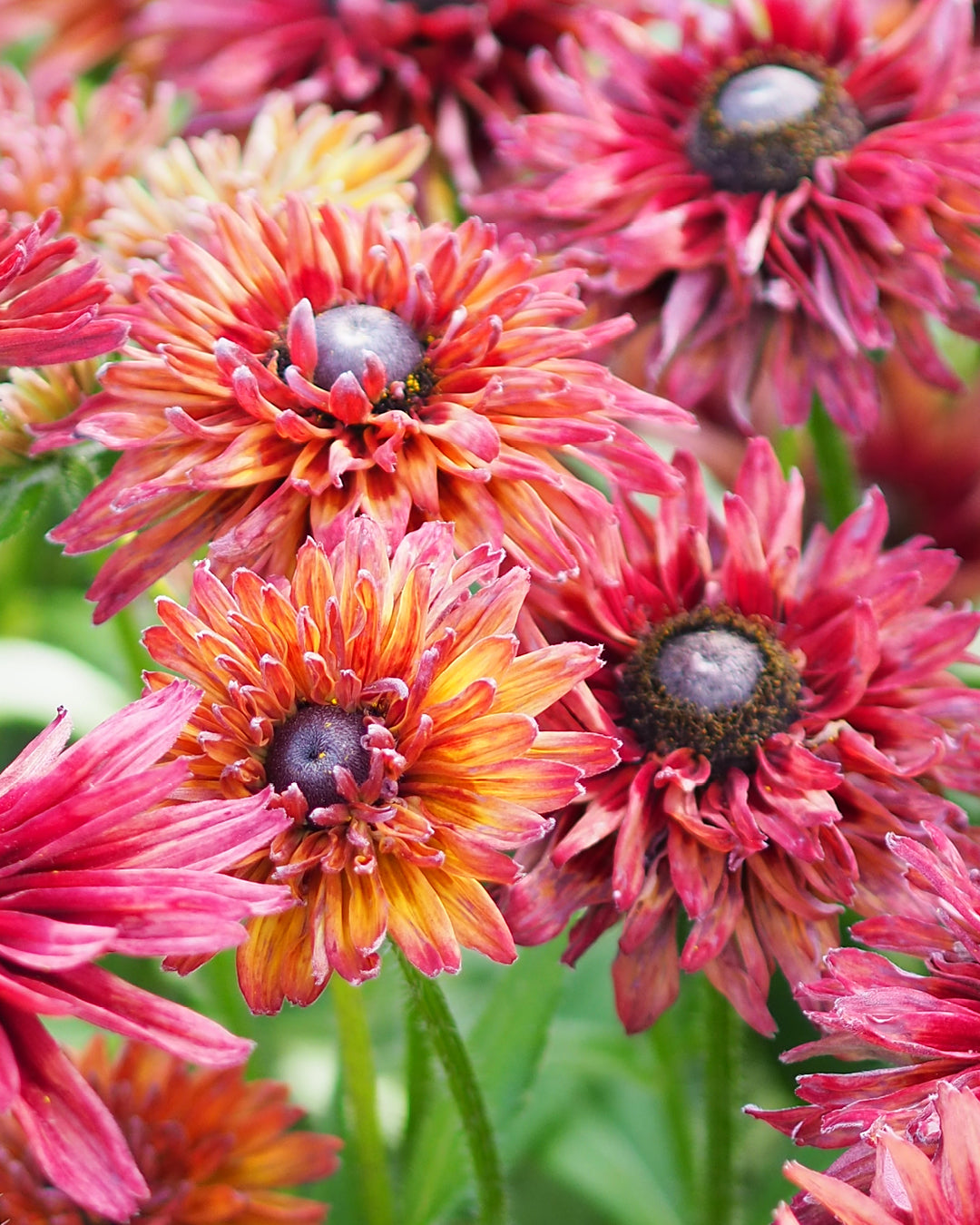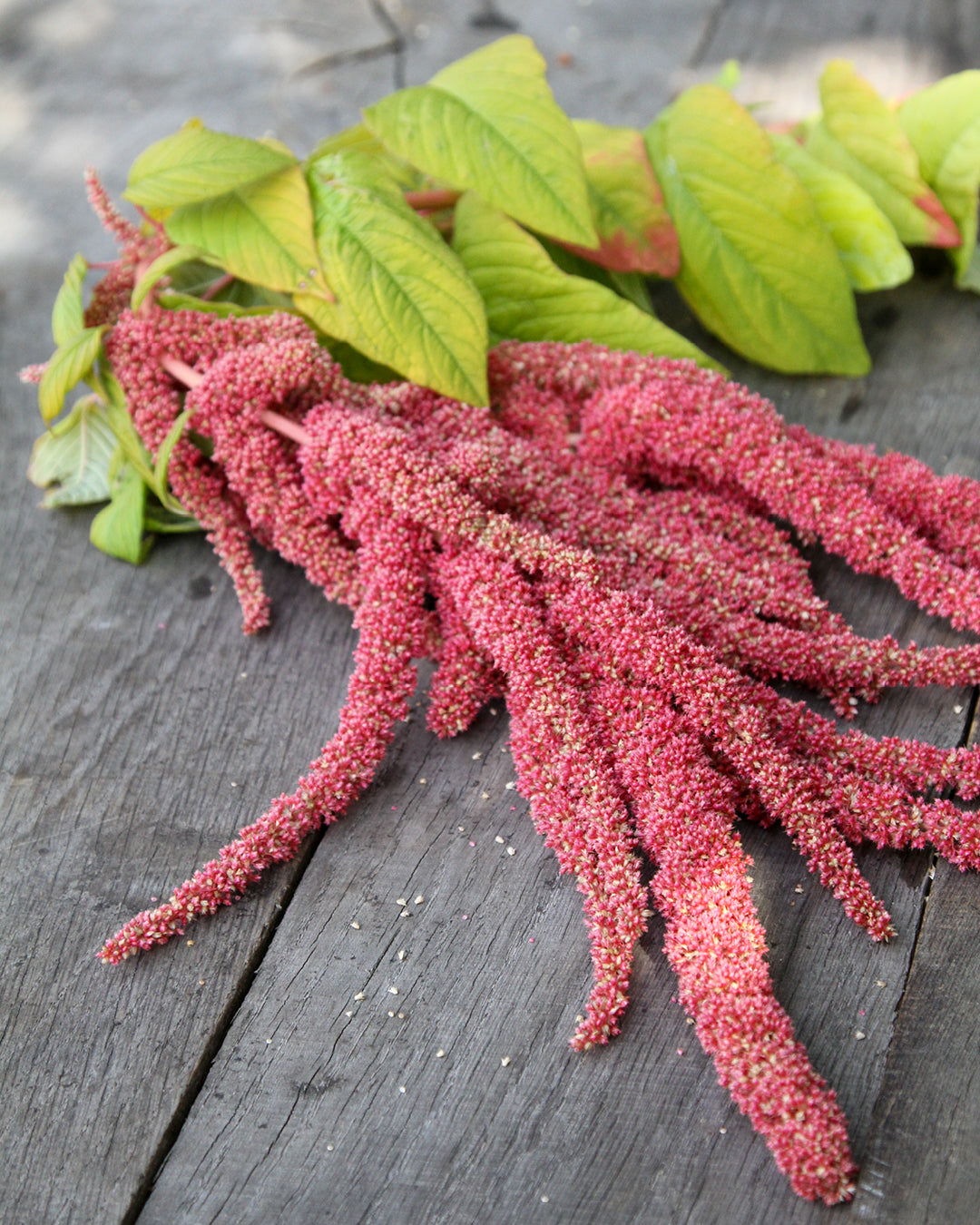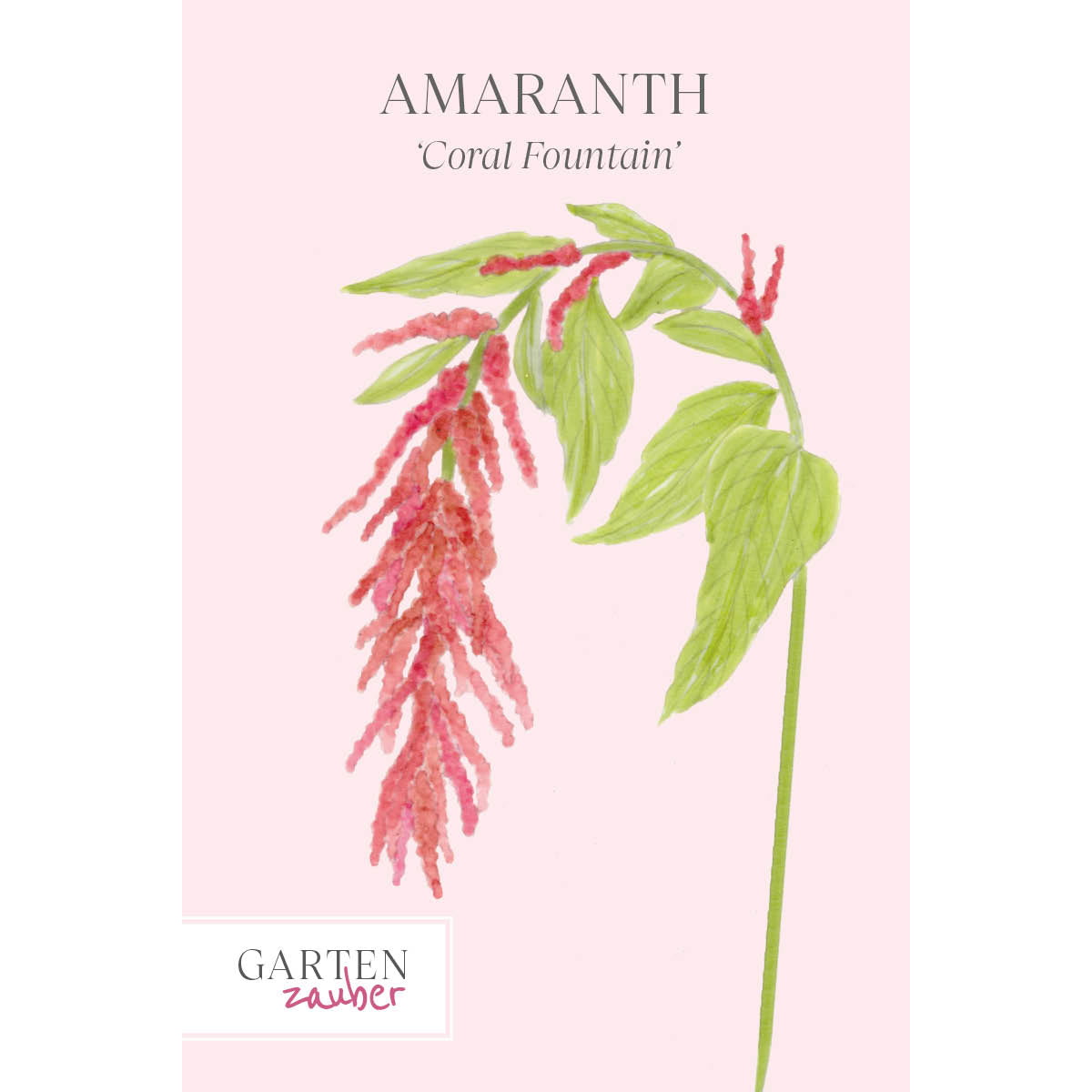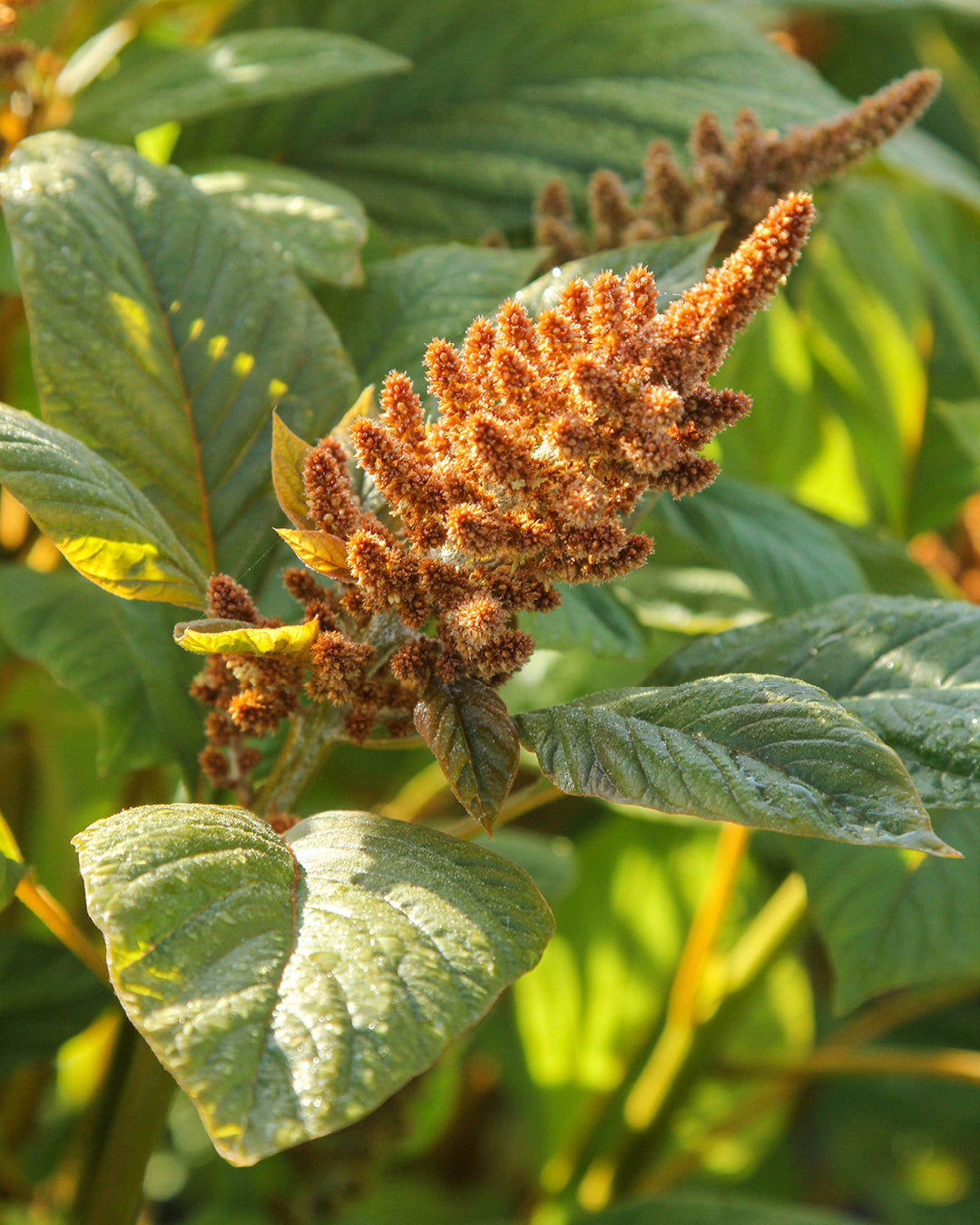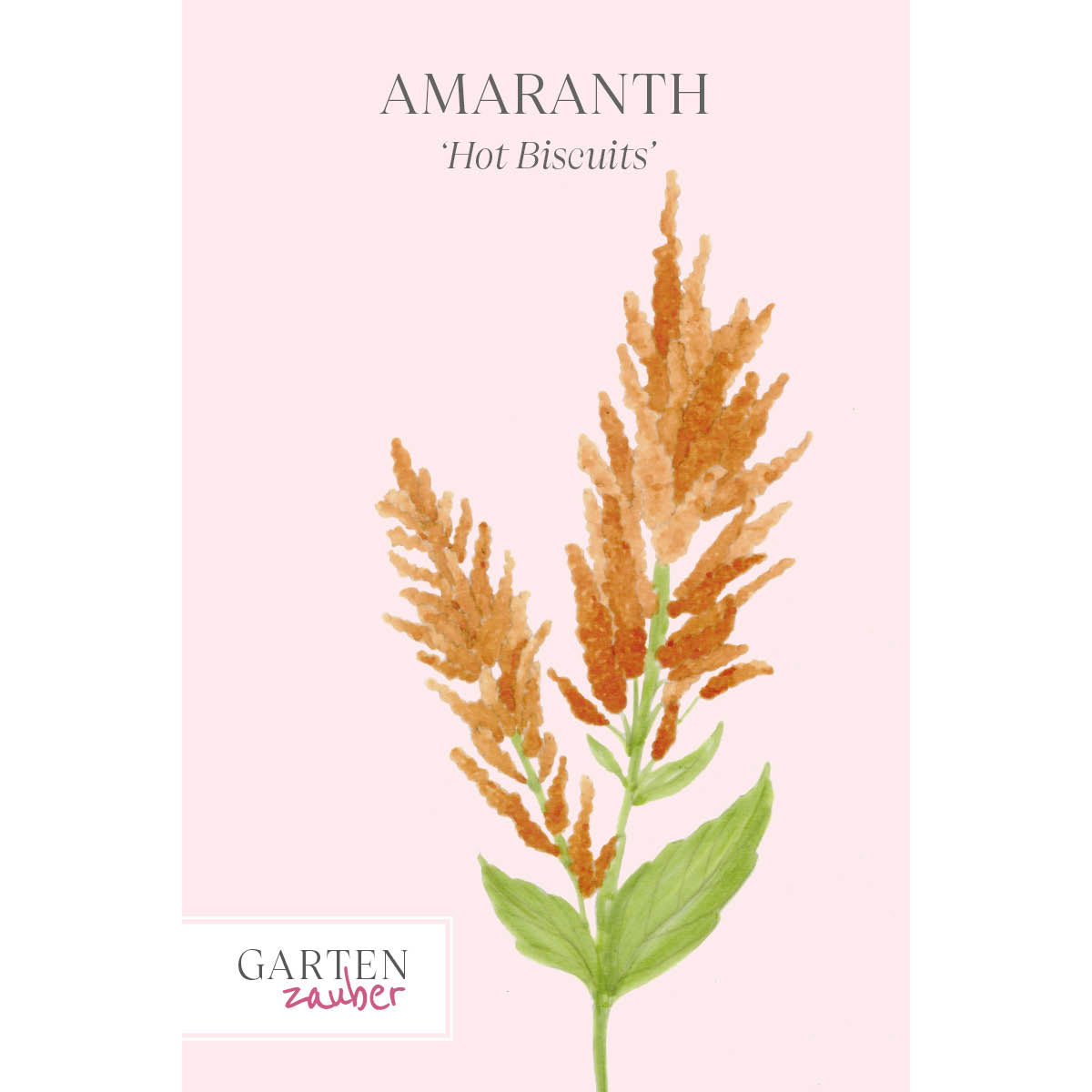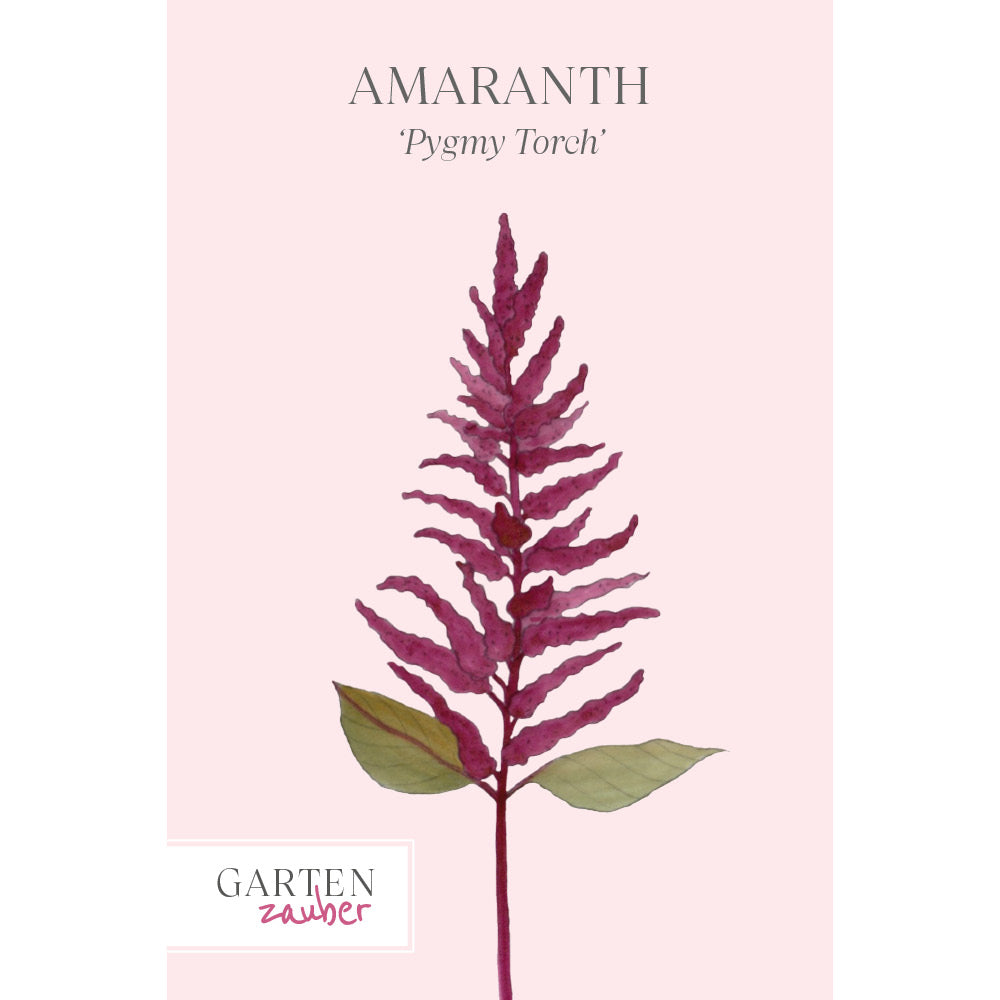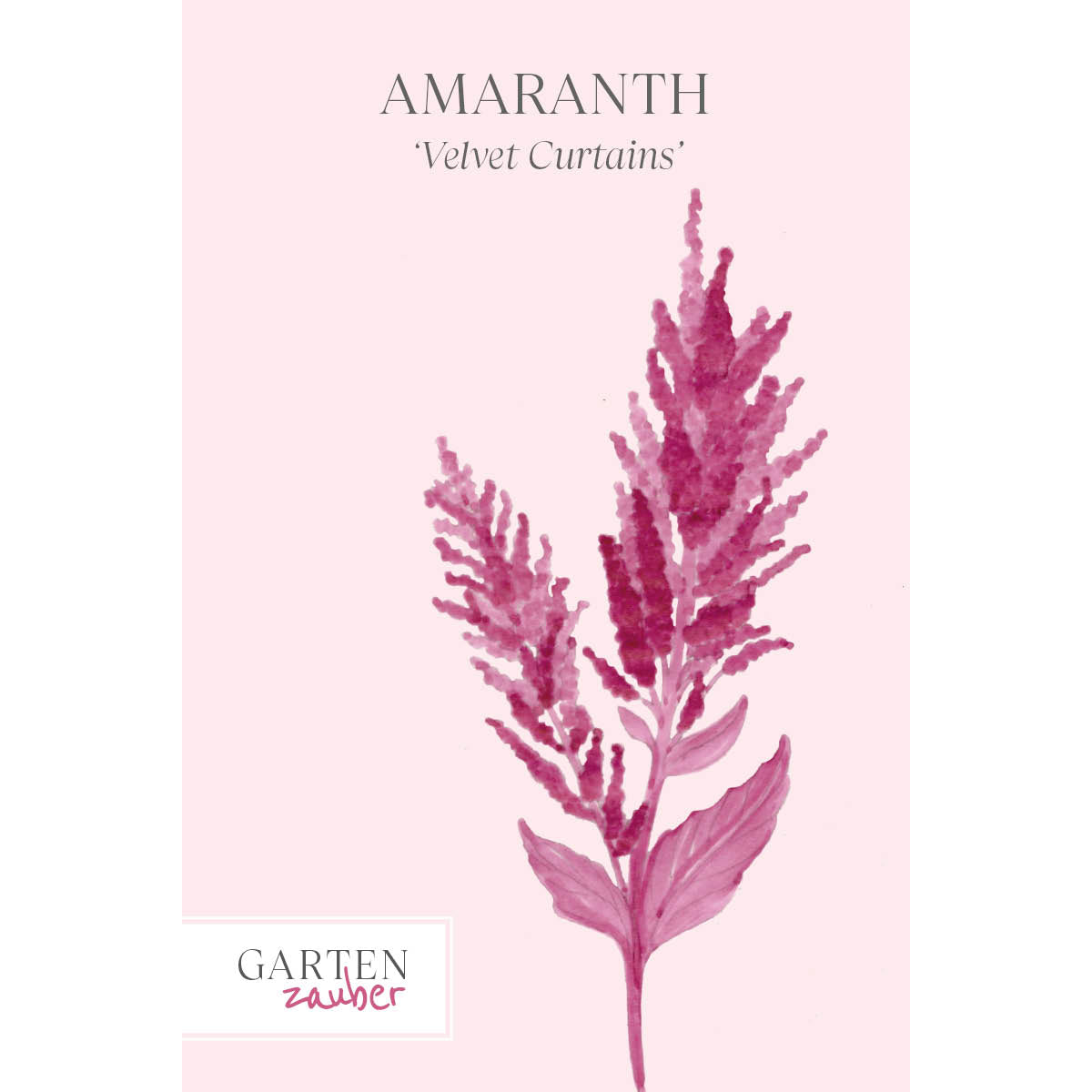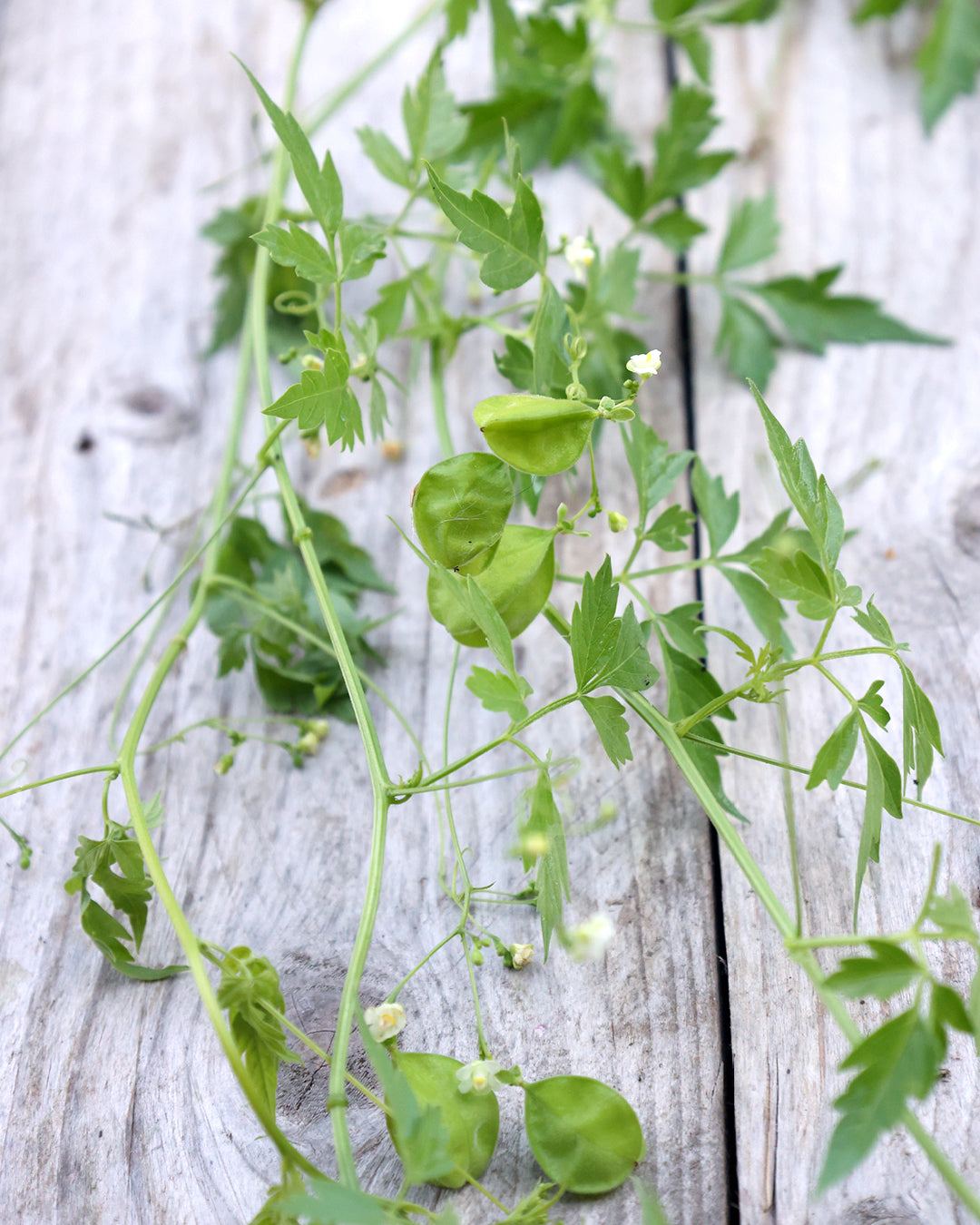Ironwood tree (Parrotia persica)
While its romantic yet idiosyncratic growth requires a sufficiently large space, it makes a stunning solitary plant, captivating with its diverse autumn coloration. This shrub is also ideal for providing shade in a cozy seating area.

Growth form:
Slow-growing in youth, this often multi-stemmed tree develops a fairly even height and width, approximately 6 to 10 meters. With age, the width can become significantly larger. The main branches sprout upwards in a broad, funnel-shaped pattern, while the side branches are more expansive. The bark of this large shrub or small tree is a lovely brownish color, which, without any foliage, presents a beautiful sight on cold winter days.
Leaf and flower:
The leaves, usually bordered by red when they first emerge, are arranged alternately and are a refreshing summer green. As autumn approaches, the healthy foliage usually turns multicolored, ranging from yellow to orange-red to a beautiful violet. It's remarkable that this color persists for a long time, and the leaves endure the first frosts. The flowers lack leaves, but in March, one can find stamens in the form of small, raspberry-red heads. Compared to the colorful leaves and flowers, the fruits are secondary and inconspicuous.
Site requirements/care measures:
The best autumn color is achieved in a sunny location, but the ironwood tree will also thrive in a slightly shaded spot. It can grow easily in well-drained garden soils, preferably fresh to moist loamy soils. While somewhat more sensitive in its youth, the tree later proves to be resistant to disease and frost-hardy.
Varieties:
The variety Parrotia persica 'Vanessa' begins its autumn coloring as early as mid-September and has a narrower, more delicate growth.
TEXT: Nora Kriegs

